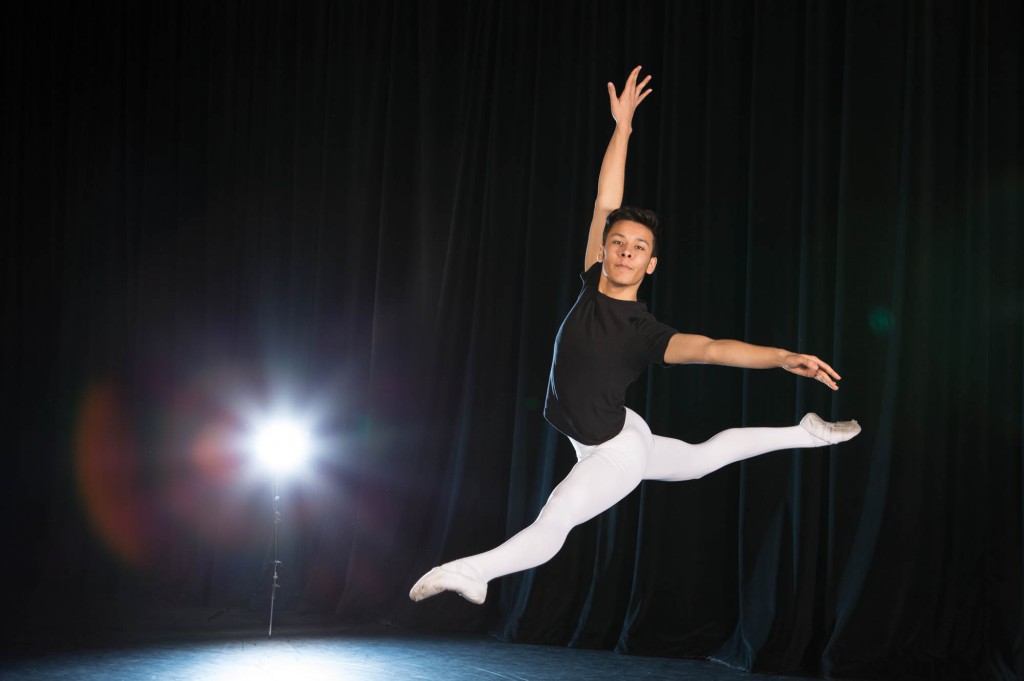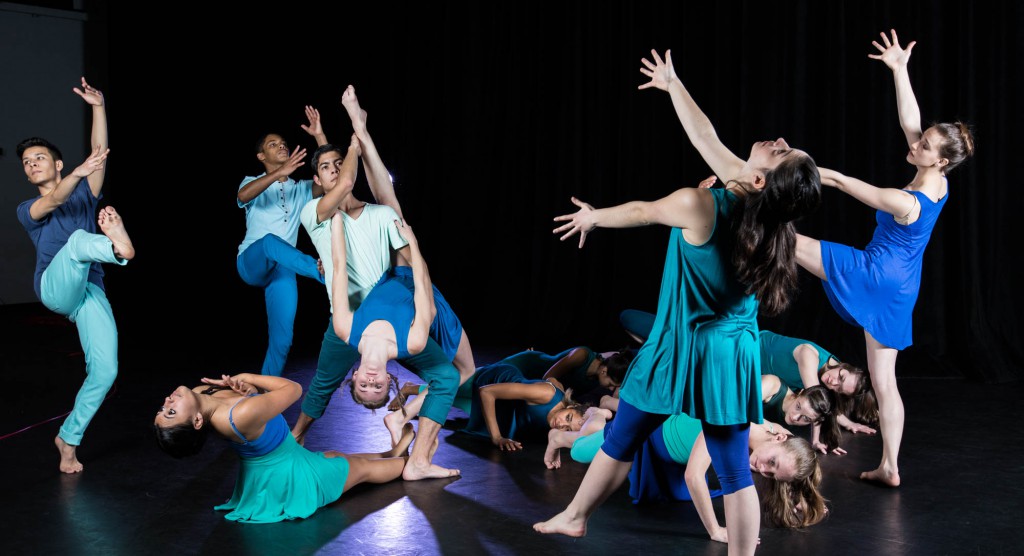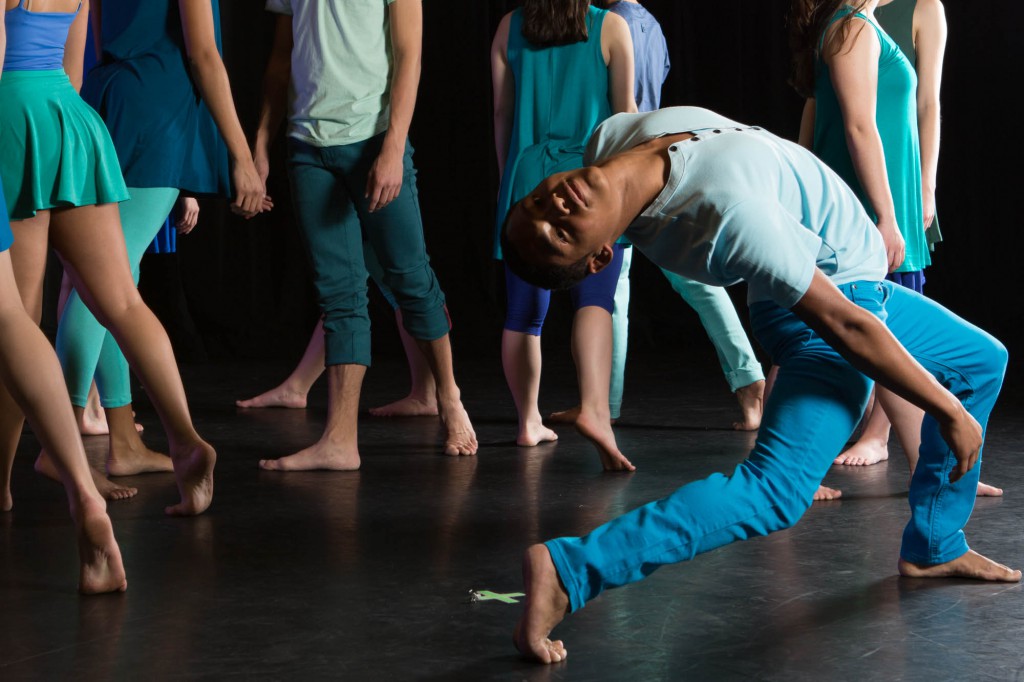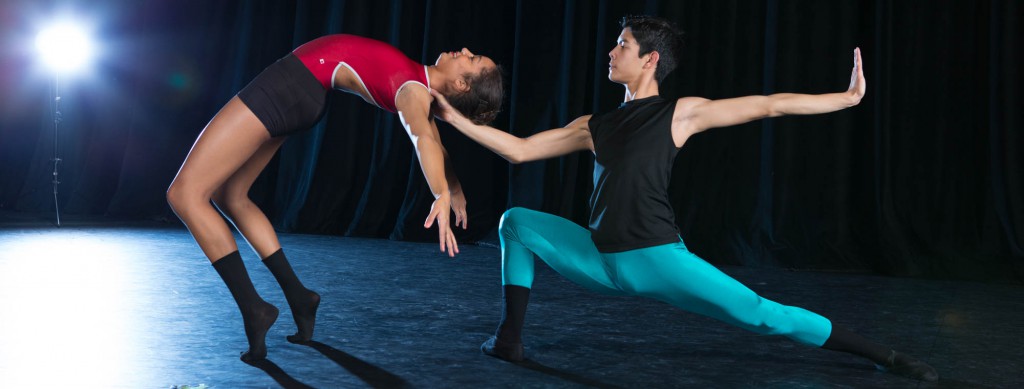National Dance Institute of New Mexico: Making Dance a Reality
BY EMMALY WIEDERHOLT
The National Dance Institute – New Mexico is an organization that goes into the public schools and teaches dance classes to kids. For students interested in continuing their dance education, they end up in the afterschool program led by Allegra Lillard. Allegra reflects on the most meaningful aspects of her work.
This is the second in a two interviews about NDI. To read the first interview about the school program, click here.
~~
What is your background? What led you to work with NDI-NM?
My husband and I moved to New Mexico in 1996. At that point, I had just retired from a performing career as a professional dancer and I had no idea what I would be doing. In the process of getting settled I met Catherine Oppenheimer, the founder of NDI New Mexico, in an adult ballet class. She was stomping around, and I asked what she was doing. She told me she was practicing choreography for some kids she was working with through an outreach program she’d started, and asked if I’d be interested in coming and watching. I immediately got involved and started teaching. I worked there for eight years, at which time I had a toddler and was pregnant with my second child, and I needed to stop. In a non-profit setting, the work can completely absorb you, and I was eating-drinking-thinking NDI. It was hard for me to find a balance with my family, so I stepped away entirely.
I started my own dance school. NDI uses very rhythm-based jazz, and I wanted to go back to my ballet roots, and also to develop a curriculum for young children. That’s what I did for seven years. My school was called Dance for Joy. Just as things were shifting at my studio – the woman I shared space with retired – NDI asked if I would take over the position of artistic director of the afterschool program at the Dance Barns. It’s the studio-like part of the organization, so it was more in line with what I was interested in doing with students, instilling the discipline of ballet.
In 2011 I came back to NDI. It was like coming home in a way; it felt like I’d never left. What I like most about it is the demographic of students I get to work with. There are students who would otherwise probably not get involved in a studio dance class. I like the fact it’s based on family income. If they can only pay a dollar, then they only pay a dollar. It feels like I’m giving back in a way.
A lot of the kids who start in the outreach program get to a certain level and a lightbulb goes off. They say, “Wow, I want to know more. I want to learn technique.” They would have never had that opportunity had they not stepped foot in that cafeteria in our outreach program and taken their first dance class. It’s a path that leads them to the afterschool program if that is indeed what they want to do. And it’s possible. We’re trying to make dance a reality.
What are some highlights working with NDI-NM?
I’ve had students in the past like Glen Giron who has long since graduated and is now a professional in the musical theater world. When he came into my fourth grade class, he was the smallest child. When he took that first step, I knew he was a star in the making. He was one of those kids who could have easily fallen through the cracks. Suddenly, in that one moment, I saw in his eyes that he’d found himself. He never looked back. He’s come to perform for us at various events and talk to the kids. He’s a reminder to me during those 12 hour work days that I am doing this for a reason.
I work with the most advanced kids, and they are the hardest working kids I know. They balance social schedules with academic demands, and then they come dance at NDI every afternoon before going home to do homework. They don’t have to do this, but they love it and it’s a way for them to express themselves, release their stress and communicate with the world. They are so invested in everything they do.
There’s a little girl who’s almost three years old in my creative movement class. She’s a Native American child, blind in one eye, and has poor vision in the other. She tends to fall a lot, but she is pure joy. It is so clear to me that the environment – music, watching, moving and navigating the space – is helping her. She has a therapist who works with her right now, but when she turns three it won’t be covered because of how Medicaid works. But at least she has this, and as long as she wants to be at NDI, she’s welcome. Her body awareness is better. I can see it. I don’t commonly take a child before age three, but she came into the room so ready to be a part. She was supposed to be there.
Vice versa, what are some of the challenges you face?
The problem is always finding a balance between my work, my family, and my own time. It’s a constant balancing act, but I think that’s the nature of the beast when it comes to a non-profit. There’s a never ending need to serve children. We’re successful and growing, so of course when we get more money we use it to serve more children. That’s the challenge, is to continue to serve the children who need it and the communities who want it, but also to maintain the highest level of quality. I would imagine that’s the challenge for everyone who works in this organization, because everyone who works there is passionate about what they do. It’s not just a 9-5 job. The passion is so much a part of why we all do it, and why we’re successful. But managing and balancing that can be a challenge.
Another challenge goes back to the demographic of the children we work with. A lot of the children have hard issues they deal with, whether it’s familial, financial or cultural. Sometimes I come away feeling like I can’t save everybody even though I want to. I can’t put a family unit back together so the kid can make it to class. I can’t solve their problems. It can be frustrating at times, but the positives so outweigh the negatives.
What does success look like in this work? When do you feel most successful?
We’re not trying to make professional dancers. If that happens, it’s amazing, but it’s true in any studio situation. If a student makes it in the world of dance, it’s extraordinary, but we teach that you come and work hard, do your best, never give up and lead a healthy life. If you do that, it’s going to translate. The discipline the students acquire through the classes can mean keeping a job, having a successful interview or even going to college, which is something that for a lot of these kids their families have never done. If we can give them enough confidence to take those life steps, then we’ve been successful.
It keeps the students directed and off the street. They don’t have time to be getting pregnant and dropping out. The other beautiful thing about NDI is we have a lot of boys, especially boys of color. Dance is often frowned upon and not considered manly. But at NDI they’ve been able to start in a safe environment in school. At some point, when they decide they want to take an afterschool class and put on the tights, there’s no stigma. They’re not being made fun of. They feel strong. One young man delivered a monologue in a recent showcase where he said being in a dance studio made him feel all-powerful, like he could do anything. He didn’t feel that way on a sports field. The dance studio environment made him feel successful. The boys in our program don’t feel alone. They feel really supported. Right now I have three boys, all minorities, who went away to summer dance programs last summer.
This brings me to my last question. For the students who do get hooked on dance and want to pursue it seriously, what can NDI do to foster that passion, especially since dance can consume so much time, energy and money?
I’m trying to nurture relationships with ballet companies that have schools attached. I invite them to come and use our space rent free if they can waive the audition fee for the NDI students. We also create ways for the kids to raise money for themselves by selling ads in our program books or raffle tickets to our gala season, and it goes directly into an account with their name on it. They can also apply for a scholarship, which is based on both need and merit. They have to show their parents are struggling and also write an essay on why they want to study dance. I will do anything and everything to touch base with the schools in order to help make it possible for them to attend those programs.
Making these opportunities for the students to go away is a big deal for me, because I firmly believe that the only way you can grow is to get out of your comfort zone and get exposed. You can get as much out of a five week intensive program as you can get in a whole year. These kids come back transformed. They come back more confident, because they’ve had to be on their own. But they also come back knowing whether dance is something they want to pursue or not. It raises the bar. I’m the first one to kick their butt out the door.
The past couple years we’ve had a really strong parent group selling flowers and truffles to raise money for the kids. It takes a village to make it happen, but I feel it’s important and integral to our mission.
~~
To learn more about NDI-NM, visit www.ndi-nm.org.
Photos by James Johnson





